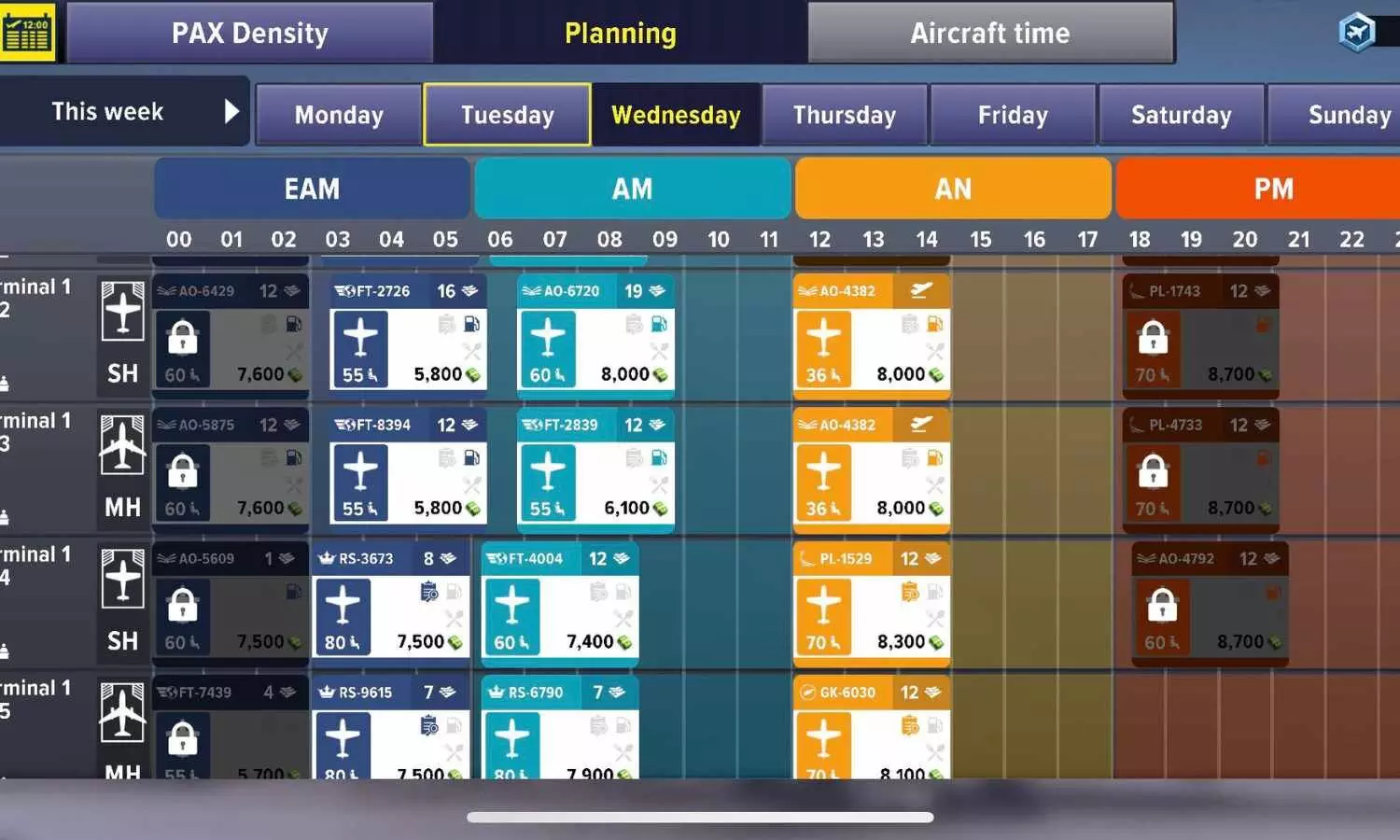Airport Planning Teams can Fill the Gaps of Flight Schedules
Airport planning teams play a vital role in optimizing flight schedules by identifying and filling operational gaps, ensuring better slot utilization and smoother passenger flow.
Airport Planning Teams can Fill the Gaps of Flight Schedules

Airports are extremely expensive to operate, and while every airport around the world has its peak hours of operation - there are equally as many hours of the day when many are like ghost towns, as they await their next flights and passengers. Even for airports such as Dubai and Atlanta that serve as major hubs connecting travellers across the globe, there are moments of relative calm. For smaller regional airports these quiet moments can be quite pronounced.
Ultimately, airports are assets and like any asset maximising its utilisation is crucial. This means filling those quiet moments of the day becomes crucial for every airport planning team.
A master plan is a comprehensive study of an airport that analyzes short-, medium-, and long-term infrastructure needs over a 20 year period to identify cost-effective solutions that will be necessary to meet anticipated aviation demand. A master plan may vary in complexity and scope, based on the size, function, issues and challenges of an individual airport. Primarily intended for use by an airport sponsor, its staff, consultants, the FAA and state aviation officials, a master plan also serves as a beneficial planning document for board members, municipal officials, community planners and the general public.
Airport planning teams play a crucial role in optimizing flight schedules by analyzing demand, managing slots, and coordinating with airlines to fill gaps and improve efficiency. They achieve this through various strategies, including evaluating route performance, identifying potential new routes, and optimizing aircraft turnaround times.
The International Air Transport Association (IATA) is the trade association for the world’s airlines, representing some 340 airlines and over 80% of total air traffic. This White Paper presents IATA’s position, on behalf of its member airlines, on the future of global slot policy. Unfortunately, airport infrastructure continues to be insufficient to meet customer demand in many locations. While the airlines will continue to call for infrastructure improvements, it is also understood that this is an unwelcome but expected part of the business which will not be remedied in full in the foreseeable future. It is therefore critical that the industry maximizes the capacity which is available, and a strong global slot policy is a vital tool in reaching that goal.
This is only possible through industry-led cooperation and compromise, as embodied in the Worldwide Airport Slot Guidelines (WASG) established by the airport-coordinator-airline Worldwide Airport Slot Board (WASB). The WASG and the global slot process blend the stability of year-to-year, decade-to-decade policy with a process of continuous evolution to ensure that the process does not stagnate and remains able to meet the changing needs of the industry. Quite simply, without the certainty and consistency provided by a global slot process which recognizes the historic investments of the airlines, the aviation industry could not function as it does today. IATA believes both that the WASG is the best existing system for slot allocation – and that it can and should be further improved to ensure that all stakeholders are playing their part in maximizing existing capacity. In this paper, IATA calls for changes to the WASG, highlights the important policies which should be maintained, and notes some slot allocation mechanisms which should be stopped altogether.

